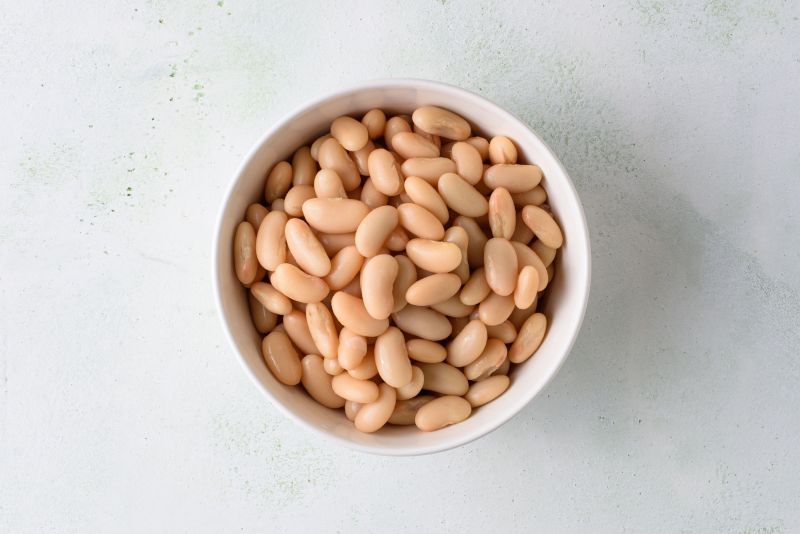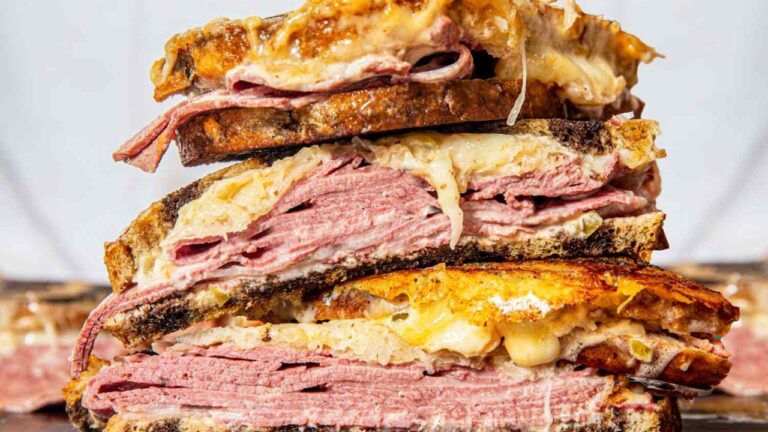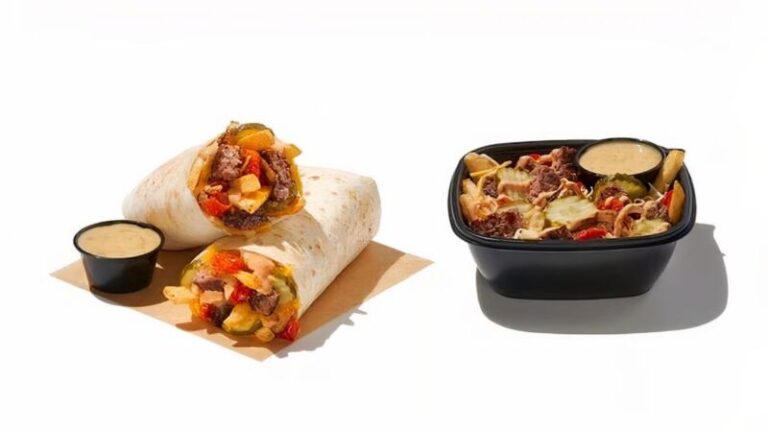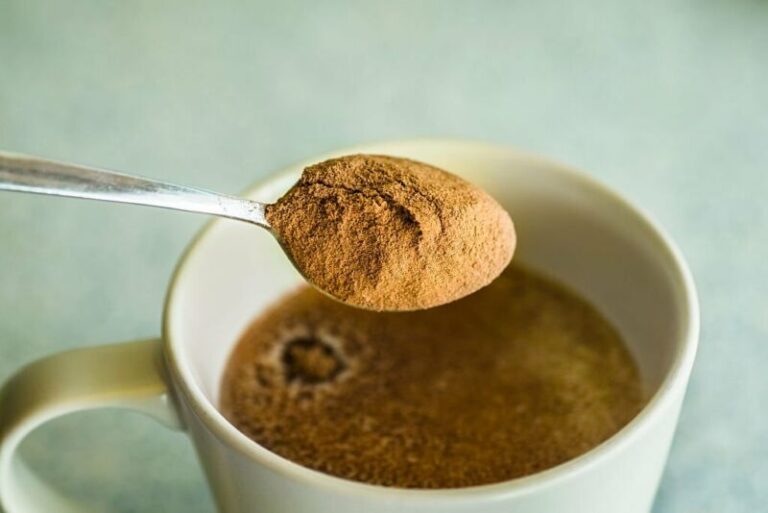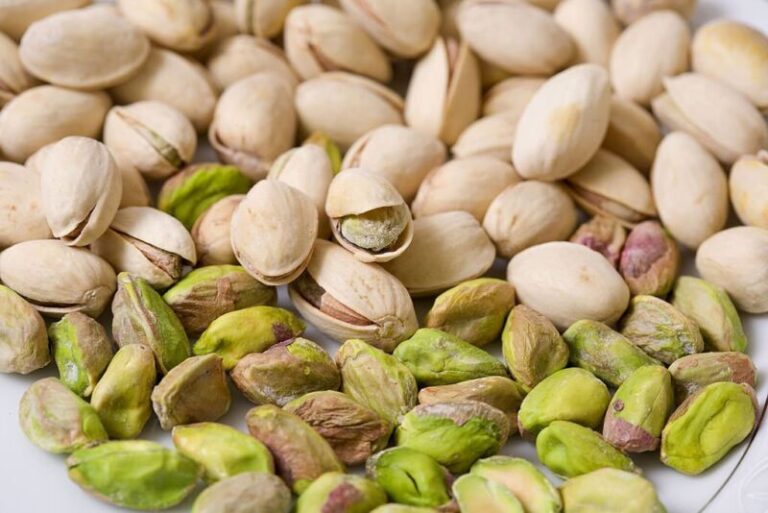Top 10 Best Substitutes For Cannellini Beans
Cannellini beans are a pantry staple for many home cooks. Their mild, nutty flavor and creamy texture make them perfect for soups, stews, salads, casseroles, dips and so much more. But what do you do when you don’t have cannellini beans on hand or you need a substitute for dietary reasons? Luckily, there are plenty of options to use in place of cannellini beans that can work beautifully in your recipes.
What Are Cannellini Beans?
Cannellini beans are a variety of white kidney bean native to the Mediterranean region. They are large, oval-shaped white beans with a thin skin and creamy interior. When cooked, cannellini beans have a wonderfully smooth, creamy texture and a mild, nutty flavor.
Cannellini beans are incredibly versatile – they can be used in a wide variety of dishes across many cuisines. Some of the most popular uses for cannellini beans include:
- Soups – Bean soups and stews are classic comfort foods, and cannellini beans are right at home in minestrone, ribollita, pasta e fagioli and other soup recipes. Their creamy texture helps thicken and add body to broths.
- Salads – Cannellini beans add protein, fiber and texture to salads. Try them in bean salads, pasta salads or simply tossed with fresh greens.
- Casseroles and bakes – The mild flavor of cannellini beans allows them to soak up surrounding flavors in casseroles and bakes. They add nutrition without overpowering other ingredients.
- Spreads and dips – Pureed with olive oil and seasonings, cannellini beans make a healthy, protein-packed base for dips like hummus, bean dip and white bean bruschetta.
- Side dishes – Simmered in aromatic broths and dressed with olive oil, cannellini beans are right at home next to simply prepared meats or fish.
In addition to their flavor and texture, cannellini beans deliver ample nutrition. They provide a wealth of fiber to promote digestive health. The fiber combines with the beans’ plant-based protein to help stabilize blood sugar levels. Cannellini beans also contain important minerals like iron, magnesium and potassium, plus B vitamins like folate. All for very few calories and virtually no fat!
Clearly, cannellini beans have a lot going for them. But finding yourself without this pantry staple doesn’t mean you have to scrap recipes that call for them. There are plenty of great substitutes for cannellini beans that can allow you to still enjoy your favorite dishes.
List of 10 Best Substitutes For Cannellini Beans
If you don’t have any cannellini beans, don’t stress! Try one of these handy bean and legume alternatives that can sub into recipes calling for cannellini beans:
1. Great Northern Beans
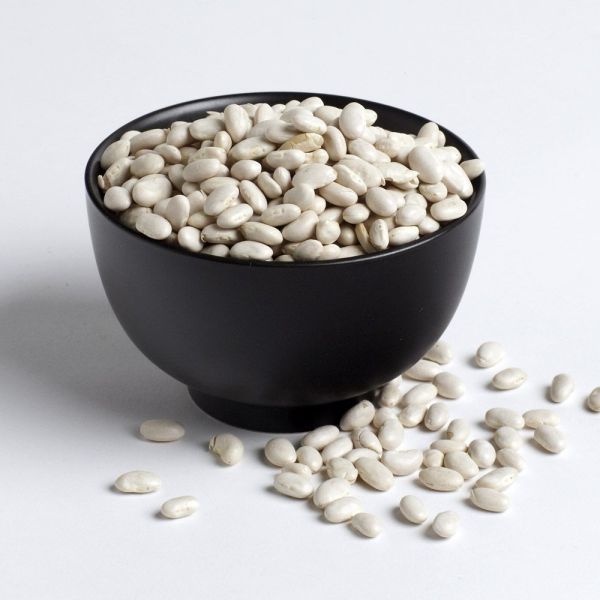
Great northern beans are one of the best substitutes for cannellini beans. In fact, they look so similar that it’s easy to confuse these two white bean varieties. Great northerns have a comparable mildly sweet, nutty flavor to cannellini beans, and their larger size helps replicate the creamy texture when cooked.
Great northern beans can be used in place of cannellini beans in applications like soups, stews, salads, casseroles, dips and spreads. The main difference you may notice is that since great northerns are a bit larger, they may take slightly longer cooking times to achieve the same tender texture as cannellini beans. You may also need to adjust the liquid in a recipe slightly to account for variances in the beans’ absorption. Otherwise, they mimic cannellini beans nicely in terms of flavor and texture.
2. Garbanzo Beans (Chickpeas)
Garbanzo beans, also called chickpeas, have a distinctly nuttier, earthier flavor than cannellini beans. But their creamy, starchy texture when cooked still makes them a good potential sub in some dishes. Garbanzo beans work especially well in dishes with bolder seasonings that can stand up to their flavor, like curries, tacos and stews.
Some tasty ways to use garbanzo beans in place of cannellini beans include salads, soups, stews, curries and more. The flavor profile may come across slightly more savory, but garbanzo beans can often substitute 1:1 without issue. Just note the firmer texture, and adjust cooking times or mashing as needed.
3. Navy Beans
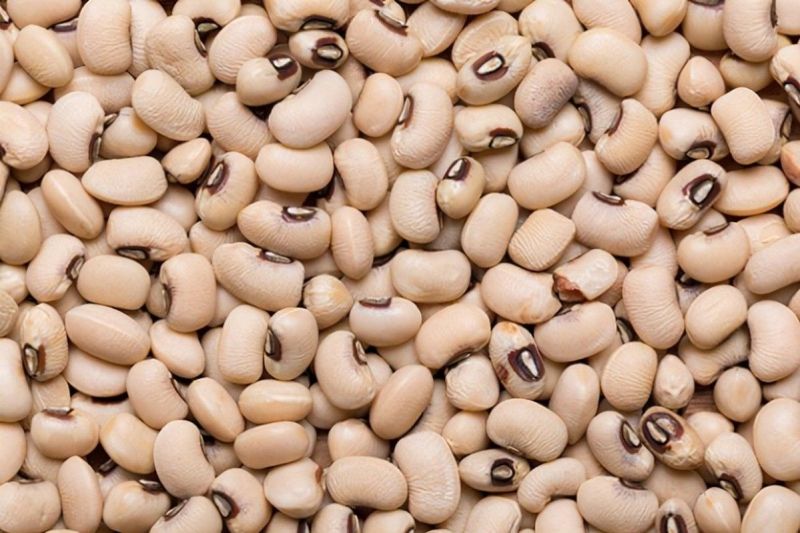
Small white navy beans are another cannellini bean lookalike in terms of appearance and texture. When cooked, navy beans become plump, moist and creamy – perfect for pureeing into dips or leaving whole in soups and salads. Their more subtle flavor also adapts well to various seasonings and cuisines.
Navy beans work well in place of cannellini beans in dishes like soups, stews, salads, casseroles, and more. One difference is that since navy beans are smaller, substituting them into texture-dependent dishes like dips may require adjusting quantities slightly to achieve the right consistency. But otherwise, navy beans are a seamless swap for cannellini beans.
4. Kidney Beans
Red kidney beans are already a familiar staple in many homes. They have a pleasantly mild, slightly sweet flavor and soft, creamy texture when cooked that lends itself to being an easy swap for cannellini beans.
Soups, stews, salads and other bean dishes are all fair game for kidney beans to stand in. Due to their slightly firmer skins, kidney beans tend to hold their shape better than cannellini beans, so the texture may be more al dente. Consider pureeing or mashing dishes where you want a smoother consistency. You may also find you need to adjust the starch and liquid balance in some recipes when using kidney beans. But their hearty flavor complements most bean dishes nicely.
5. Fava Beans (Broad Beans)
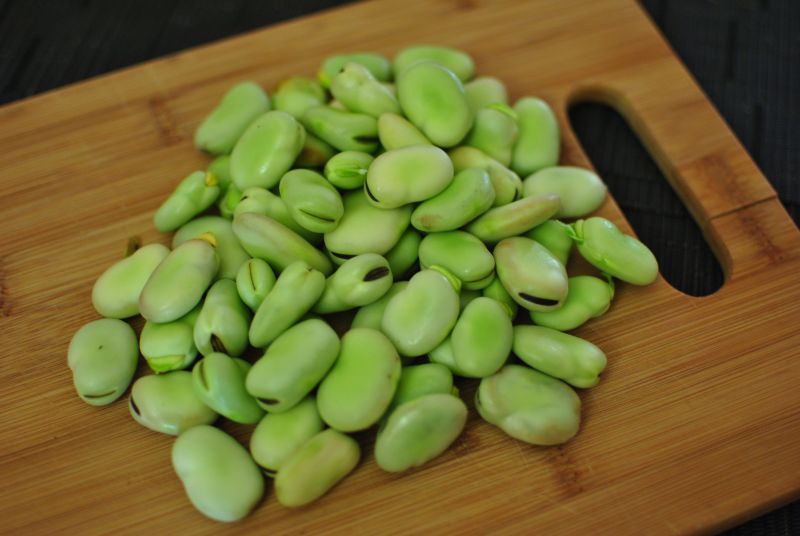
Fresh fava beans (also known as broad beans) have an earthy, slightly sweet flavor that offers another interesting alternative to cannellini beans. The fresh beans do require an extra step of removing their outer skins after cooking, but provide a tender texture and nice pop of flavor.
Salads, soups, stews, dips and spreads can all benefit from fresh, peeled fava beans in place of cannellini beans. Due to their smaller size, you may need to increase the quantity by 1 1⁄2 times to achieve the same volume as cannellini beans. But favas offer a fun twist on flavor and texture.
6. Butter Beans (Lima Beans)
Butter beans, also known as lima beans, have a similar starchy yet creamy texture to cannellini beans when cooked, making them another excellent stand-in. Their flavor is also mild and slightly nutty, complementing many dishes nicely.
Some classic uses for butter beans include soups, stews, salads, casseroles and side dishes. When cooking butter beans from dried, they typically take a bit longer to soften up than cannellini beans. You may need to increase cooking time, liquid or use a pressure cooker to achieve a comparable texture. But once cooked, butter beans mimic the creaminess of cannellini beans well.
7. Flageolet Beans
Flageolet beans are especially popular in French cuisine. These small, pale green beans have a delicate, fresh flavor and creamy texture when cooked. Their refined flavor makes them a nice choice for highlighting in salads or gentle preparations like brothy bean soups.
Since flageolets are smaller than cannellini beans, they tend to cook more quickly and don’t require soaking. So adjustments in cooking times may be needed when using them in place of cannellini beans in dishes like cassoulets or soups. But their elegant flavor and texture are a tasty alternative.
8. Adzuki Beans
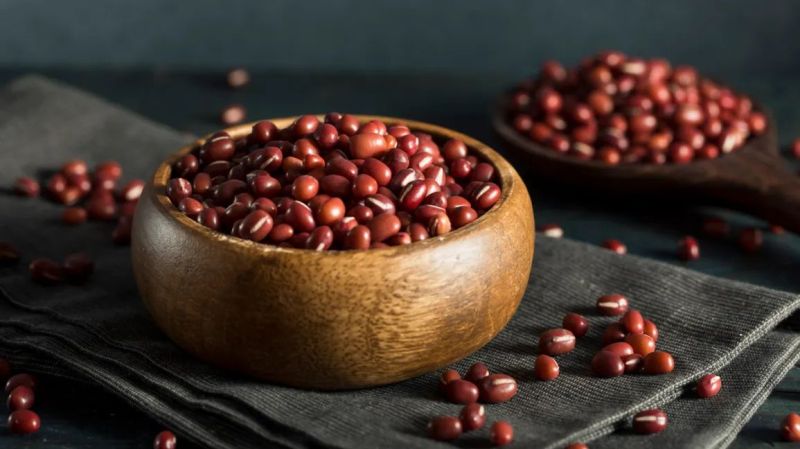
Adzuki beans are small, dark red beans popular in Asian cuisines. They have a distinctive sweet, nutty flavor thanks to their high starch content. This makes them a fun substitute for cannellini beans in dishes where a little added sweetness is welcome.
Some options for using adzuki beans in place of cannellini beans include soups, stews, salads, desserts and baked goods. Adjust cooking liquid and times as needed to account for their petite size. But embrace their sweetness and color as a unique alternative in both savory and sweet recipes.
9. Marrow Beans
Marrow beans are another large white bean variety with a creamy, smooth texture when cooked and subtle nutty flavor. They can be used as an easy 1:1 substitute for cannellini beans in dishes like soups, stews, salads and sides.
One difference with marrow beans is they typically take a bit longer to soak and cook from dried. But adjusting soak and cook times yields tender, creamy marrow beans ready to use anywhere you would use cannellini beans. Their mild flavor and texture make them virtually indistinguishable in most recipes.
10. Black Beans
While they have a distinctly earthier, more robust flavor, black beans can also substitute for cannellini beans thanks to their similar creamy, soft texture when cooked. The hearty flavor of black beans makes them especially well-suited for Latin dishes like tacos, burritos, chili and rice dishes.
When subbing black beans for cannellini beans, you may want to rinse them well to remove any dirt or excess starch for better texture. Cook times may also vary slightly from cannellini beans. But black beans hold up well and add nourishing protein and fiber to soups, stews, salads and other bean dishes with their signature earthy flavor.
Finding Cannellini Bean Substitutes Is Easy
As you can see, there are many great options for replicating the signature creamy texture and mild flavor of cannellini beans. Whether you prefer the classic white bean profile of great northern or navy beans, or want to change it up with a fun flavor twist using adzuki or black beans, substitutes are readily available.
Remember to make any needed adjustments to cook times, liquid or overall bean quantities in recipes. But otherwise, you should find these cannellini bean stand-ins integrate seamlessly into your favorite dishes.
So next time a recipe calls for cannellini beans but they are missing from your pantry, have no fear! Turn to one of these handy bean substitutes to save the day and still enjoy delicious, healthy meals. With all these versatile options, you may even find some new favorite ingredients to keep stocked alongside your staple cannellini beans.
